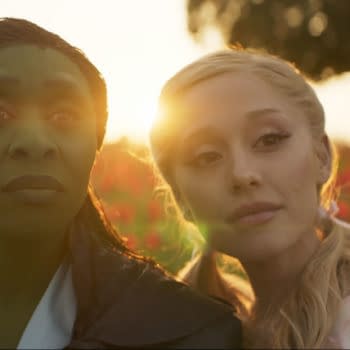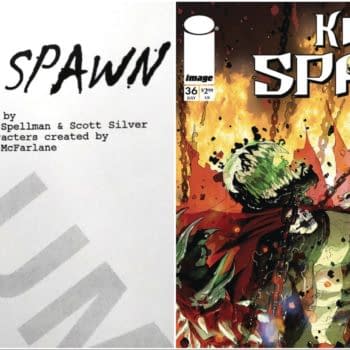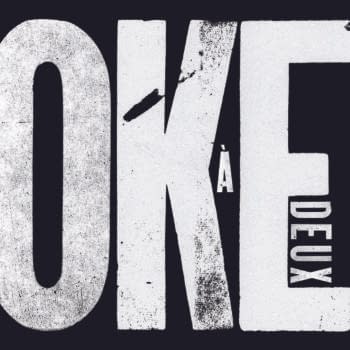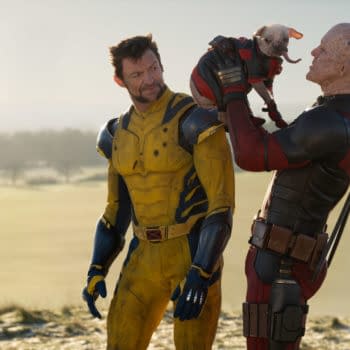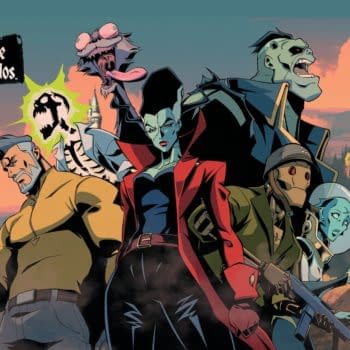Posted in: Marvel Studios, Movies | Tagged: captain marvel, copyright, doctor strange, falcon, marvel, spider-man
Marvel Responds to Avengers, Dr. Strange, Spider-Man Copyright Filings
Yesterday, word came down that the estate of Spider-Man and Doctor Strange co-creator Steve Ditko had filed copyright termination notices over the first appearances of those characters in Amazing Fantasy #15 and Strange Tales #110. Today, according to Variety, and THR, Marvel has filed lawsuits in response to these and numerous additional termination notices filed by Ditko's estate, family members of Gene Colan, Don Heck, Don Rico, and by Larry Lieber himself, who filed termination notices over Marvel work he did during 1962-1964. Characters involved in these legal actions include Spider-Man, Dr. Strange, Ant-Man, Thor, Black Widow, Iron Man, Hawkeye, and others. In Marvel's lawsuit responses, the company maintains that the characters were developed on a work-for-hire basis, citing a court decision in the case involving the Jack Kirby estate under similar circumstances.

The five suits filed today are against Lawrence D. Lieber, Patrick S. Ditko, Michelle Hart-Rico and Buz Donato Rico III (family of creator Don Rico), Nanci Solo and Erik Colan (family of creator Gene Colan), and Keith A. Dettweiler (family of creator Don Heck). As for the copyright termination filings themselves, this is a mechanism of U.S. copyright law that was also used by the Siegel estate. From that case;
Determining when a license or transfer can be terminated is complicated. The basic rule for works created and assigned prior to 1978 is that termination can be effective any time within a five-year window that opens exactly 56 years from the date copyright was originally secured. So, if as in Siegel, a copyright was secured on April 18, 1938, the five-year termination window opened on April 18, 1994. But even if that window is missed, if the work was in its renewal term in 1998, a second five-year window opens 75 years after the date of copyright. Shuster's heirs are seeking to take advantage of this provision, having given notice of their intent to terminate in 2013 (1938 + 75 years). If a work is first created or assigned after 1978, the termination can generally be effective any time during a five-year window beginning 35 years after execution of the grant.
Expect much more news to come spinning out of these developments.








